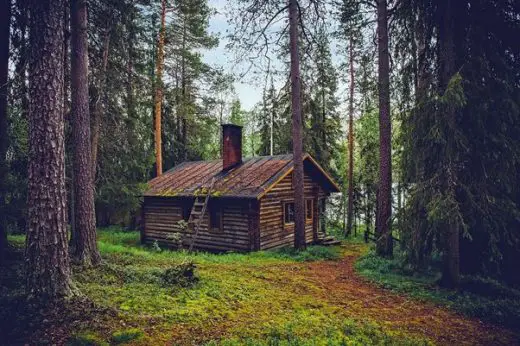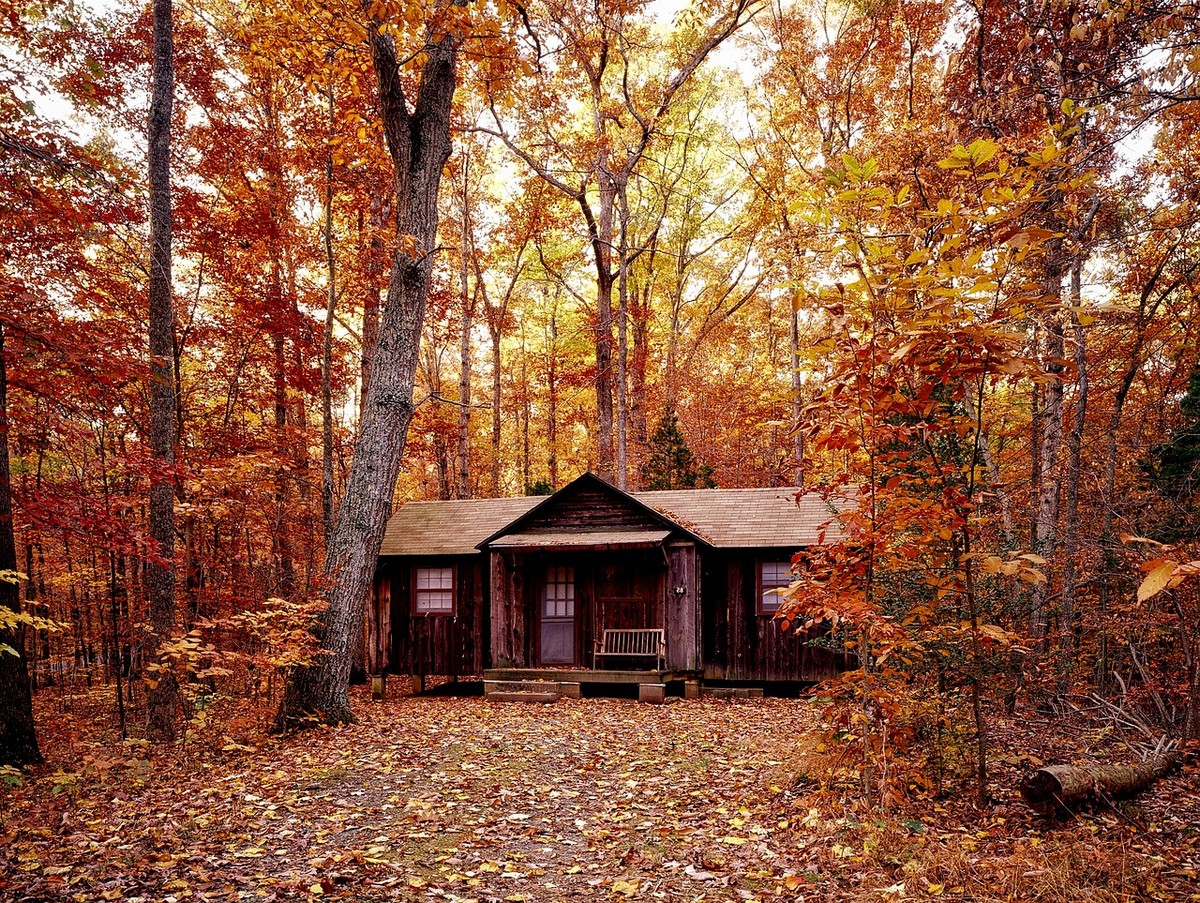Innovative insulation techniques for log cabins advice, Structural Insulated Panels SIPs, Home prefabricated insulation solutions
Innovative Insulation Techniques for Log Cabins
3 April 2024
The allure of a log cabin, with its rustic elegance and harmony with nature, provides a tranquil haven from the rapid pace of contemporary life. Yet, the key to sustaining this idyllic sanctuary is the proper insulation, ensuring the cabin is cozy year-round. The integration of modern building advancements has introduced a plethora of innovative insulation methods. These methods allow homeowners to relish their log cabin’s traditional allure without sacrificing comfort and energy efficiency. This discussion delves into the forefront of insulation technologies designed to keep your log cabin insulated, marrying the timeless beauty of log cabins with the sophistication of contemporary efficiency.
Spray Foam Insulation: Airtight Efficiency
One of the most effective insulation methods for log cabins is spray foam insulation. This technique involves spraying a liquid foam that expands and hardens upon contact, filling gaps and creating an airtight seal. It’s handy in log cabins, where the natural settling of logs can create air leaks over time. Spray foam provides excellent thermal resistance and adds structural strength to the cabin. By forming a continuous barrier against air and moisture, spray foam insulation can significantly reduce heating and cooling costs, insulating your log cabin efficiently.
Structural Insulated Panels (SIPs): Prefabricated Precision
Structural Insulated Panels (SIPs) are prefabricated insulation solutions that can be used to construct new log cabins or renovate existing ones. SIPs consist of an insulating foam core sandwiched between two structural facings, typically made of oriented strand board (OSB). These panels provide superior insulation and are designed to fit together with precision, minimizing thermal bridging and air infiltration. SIPs can be used for walls, roofs, and floors, offering a high-performance, energy-efficient shell for the cabin.
Reflective Insulation: Harnessing Thermal Radiance
Reflective insulation, or radiant barriers, is an innovative technique that reflects radiant heat rather than absorbing it. This insulation is particularly effective in preventing heat gain during summer, making it a suitable addition to attic spaces or roofs in log cabins. Reflective insulation, made from aluminum foil, can significantly reduce cooling costs and improve indoor comfort. Combined with traditional insulation materials, it creates a comprehensive insulation system that protects against conductive and radiant heat transfer.
Green Insulation Materials: Sustainable and Efficient
As homeowners become more environmentally conscious, the demand for green insulation materials has risen. These sustainable options include wool, cork, hemp, and recycled denim, all of which provide adequate thermal insulation while being eco-friendly. For instance, sheep’s wool is a renewable resource with excellent moisture-regulating properties, making it ideal for use in log cabins where humidity levels can fluctuate. Green insulation helps keep your log cabin insulated, contributes to a healthier indoor environment, and reduces the cabin’s carbon footprint.
Double Glazing and Energy-Efficient Windows
Windows are critical components in the insulation system of a log cabin, as they can be significant sources of heat loss. Upgrading to double-glazed or energy-efficient windows can significantly enhance the cabin’s insulation. These windows contain two panes of glass with a layer of gas (such as argon) sealed between them, providing an additional barrier against heat transfer. Energy-efficient windows also feature coatings that reflect infrared light, keeping the cabin warmer in the winter and cooler in the summer. Investing in quality windows is essential to ensure your log cabin is insulated effectively.
Integrated Insulation and Design Strategies
Beyond selecting suitable materials, integrating insulation into the design of your log cabin can further enhance its energy efficiency. Techniques such as strategic window placement for natural light and warmth, incorporating thermal mass materials like stone that absorb and slowly release heat, and designing for natural ventilation can all contribute to a well-insulated cabin. Combining these design strategies with advanced insulation ensures your log cabin remains comfortable, energy-efficient, and in harmony with its surroundings.
Innovative insulation techniques for log cabins Conclusion
Insulating a log cabin no longer compromises its aesthetic appeal for comfort and energy efficiency. Thanks to innovative insulation techniques and materials, it’s possible to enhance the thermal performance of your log cabin insulated retreat without detracting from its rustic charm. Whether building a new cabin or upgrading an existing one, incorporating these advanced solutions can ensure your log cabin is a cozy, sustainable haven all year round. With careful planning and investment in the right insulation strategies, your log cabin can perfectly balance traditional beauty and modern living standards.
Comments on this helpful guide to Innovative insulation techniques for log cabins article are welcome.
Log Cabin Buildings
Log Cabin Designs
Helpful guide for having a log cabin
Architectural Design Articles
Patanga Cabin, New South Wales, Australia
Helpful guide for having a log cabin

image source : pixabay.com
Modular cabins: fast and affordable home
Building Articles
Comments / photos for the Helpful guide for having a log cabin guide page welcome





